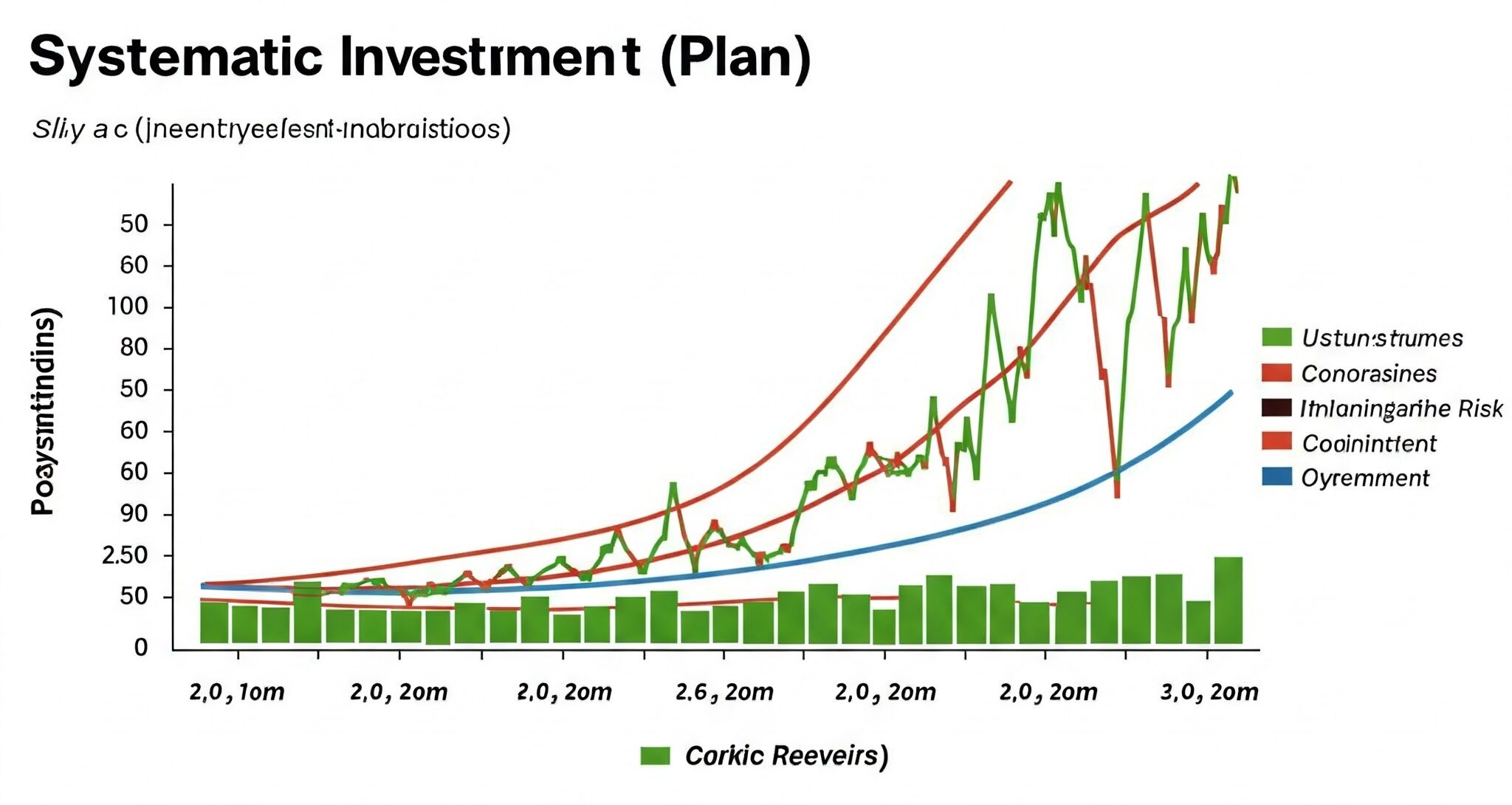Discover what SIP is and learn how to invest in the best SIP for your goals. This SEO-friendly guide covers benefits, strategies, and mistakes to avoid for wealth creation.
By blending structured research, relatable examples, and actionable steps, this article aims to rank high on search engines while empowering readers to make informed SIP decisions.
Introduction
In the world of investing, consistency often trumps timing. Systematic Investment Plans (SIPs) have emerged as a popular tool for both novice and seasoned investors to build wealth steadily. But what exactly is a SIP, and how can you leverage it to maximise returns? This guide demystifies SIPs, explores their benefits, and offers actionable steps to invest in the best SIP tailored to your goals.
How Geopolitical Events Impact Indian Markets: Risks, Trends, and Strategies

What is SIP? Breaking Down the Basics
A Systematic Investment Plan (SIP) is a disciplined approach to investing in mutual funds. Instead of a lump-sum investment, you contribute a fixed amount (e.g., ₹500 or $50) at regular intervals—monthly, quarterly, or weekly. Think of it as a “recurring deposit” for mutual funds, designed to harness the power of compounding and market fluctuations.
How SIP Works: The Mechanics
-
Rupee Cost Averaging: SIPs mitigate market volatility by buying more units when prices are low and fewer when prices rise, averaging your purchase cost over time.
-
Flexibility: Start with small amounts, increase/decrease investments, or pause without penalties (depending on the plan).
-
Automation: Set up auto-debits to ensure you never miss an installment.
-
Why SIPs? Top 5 Benefits You Can’t Ignore
-
Affordability: Start with as little as ₹500/month.
-
Compounding Magic: Even modest amounts grow exponentially over time. For example, a ₹5,000/month SIP at 12% annual returns can grow to ₹50 lakhs in 15 years.
-
Discipline: Automate savings, avoiding impulsive spending.
-
Risk Mitigation: Reduces the impact of market timing.
-
Diversification: Access to equity, debt, or hybrid funds based on your risk appetite.
-

7 Proven Investment Strategies for Volatile Markets
How to Invest in the Best SIP: A Step-by-Step Roadmap
1. Define Your Financial Goals
-
Short-term (1–3 years): Vacation, emergency fund.
-
Medium-term (3–5 years): Down payment for a home.
-
Long-term (5+ years): Retirement, child’s education.
2. Assess Your Risk Tolerance
-
Equity SIPs: High risk, high returns (ideal for long-term goals).
-
Debt SIPs: Low risk, stable returns (short-term goals).
-
Hybrid SIPs: Balanced mix of equity and debt.
3. Research and Compare Funds
-
Track Record: Look for funds with consistent 5+ year returns.
-
Expense Ratio: Lower fees (≤1.5%) mean higher net returns.
-
Fund Manager Expertise: Check their tenure and past performance.
-
Ratings: Use agencies like CRISIL or Morningstar for unbiased reviews.
-
AI and Automation: Revolutionizing the Indian Stock Market in 2025-26
4. Use SIP Calculators
Online tools (e.g., Groww, Value Research) help estimate returns based on your investment amount, duration, and expected rate.
5. Start Small, Stay Consistent
Begin with a manageable amount and increase contributions as your income grows.
6. Monitor and Rebalance
Review your portfolio annually. Shift funds if your goals or market conditions change.
Top Performing Indian Stocks in 2025: Expert Picks for High Growth
Top 5 Mistakes to Avoid in SIP Investing
-
Stopping SIPs During Market Dips: Volatility is where rupee cost averaging shines.
-
Chasing Past Performance: Historical returns don’t guarantee future results.
-
Ignoring Diversification: Spread investments across asset classes.
-
Overlooking Tax Implications: Equity SIPs held >1 year qualify for long-term capital gains tax (10% over ₹1 lakh).
-
Neglecting to Increase Contributions: Boost your SIP amount with salary hikes.
-

7 Proven Investment Strategies for Volatile Markets
FAQs: Quick Answers to Common SIP Queries
Q1. Is SIP safe?
SIPs are market-linked and not risk-free. However, they’re safer than stock picking due to diversification.
Q2. What’s the minimum SIP amount?
As low as ₹100–500/month, depending on the fund.
Q3. Can I withdraw SIP funds anytime?
Yes, but exiting equity funds within 1–3 years may incur taxes and exit loads.
Q4. Which SIP is best for beginners?
Start with large-cap or hybrid funds for stability.
Why Is the Share Market Down Today? Key Reasons Behind the Sudden Dip
Conclusion: Your Journey to Wealth Starts Now
SIPs are a gateway to disciplined, stress-free investing. You can turn small, regular contributions into substantial wealth by aligning your SIP strategy with clear goals, risk appetite, and research. Ready to take the plunge? Use this guide to choose your first SIP and watch compounding work its magic!
Pro Tip: Pair SIPs with tax-saving instruments like ELSS (Equity-Linked Savings Scheme) to save up to ₹1.5 lakh/year under Section 80C.
Sensex Today: Latest Updates, Trends, and Analysis


